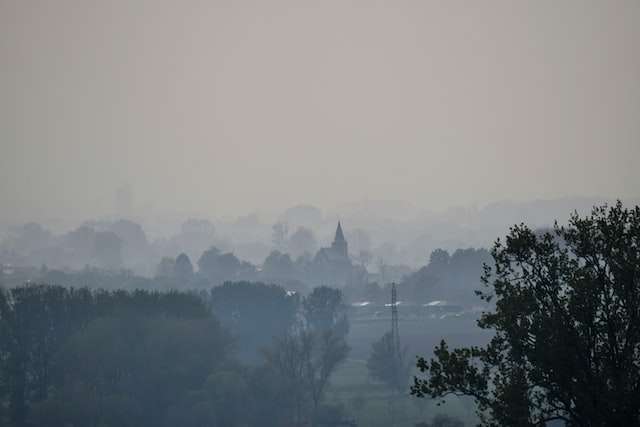The Clean Air Act is a crucial piece of legislation that was enacted by the South African government to regulate air quality and protect the health of its citizens. The Act was passed in 1965 and has since undergone several revisions to strengthen its provisions and adapt to changing environmental challenges.
The South African government recognized the need for a Clean Air Act due to the growing concerns about air pollution and its impact on human health and the environment. The Act sets out the framework for controlling and managing air pollution in the country, establishing a system of air quality monitoring, and regulating emissions from industrial and commercial sources.
One of the most significant provisions of the Clean Air Act is the establishment of air quality management plans (AQMPs) for different regions of the country. These plans are designed to identify the sources of air pollution in specific areas and outline measures to reduce emissions and improve air quality. The AQMPs are regularly updated to reflect changing environmental conditions and technological advancements.
The Clean Air Act also regulates emissions from industrial sources such as power plants, factories, and mines. These facilities are required to obtain permits and comply with emission limits set by the Act. The government has also established air quality control zones (AQZs) in areas where air pollution levels are particularly high. These zones have stricter emission limits to help reduce pollution levels and improve air quality.
In recent years, the South African government has intensified its efforts to reduce air pollution and improve air quality across the country. In 2020, the government introduced a new set of air quality standards that are more stringent than the previous ones. The new standards aim to reduce the levels of harmful pollutants in the air and protect the health of vulnerable groups such as children and the elderly.
Despite these efforts, air pollution remains a significant environmental and health challenge in South Africa, particularly in urban areas. Industrial and vehicular emissions, as well as domestic burning of coal and wood, are among the leading sources of air pollution. Exposure to air pollution has been linked to a range of health problems, including respiratory diseases, heart disease, and cancer.
To address these challenges, the South African government has launched several initiatives to reduce air pollution and improve air quality. These include the promotion of cleaner fuels and vehicles, the establishment of air quality management systems in urban areas, and public awareness campaigns to educate citizens about the impact of air pollution on their health.
In conclusion, the Clean Air Act is a crucial piece of legislation that has helped to regulate air quality and protect the health of South Africans for over 50 years. While the Act has undergone several revisions, the government must continue to strengthen its provisions to address the growing challenges posed by air pollution. By implementing effective measures to reduce emissions and improve air quality, the government can ensure that citizens across the country can enjoy the benefits of clean and healthy air.




















